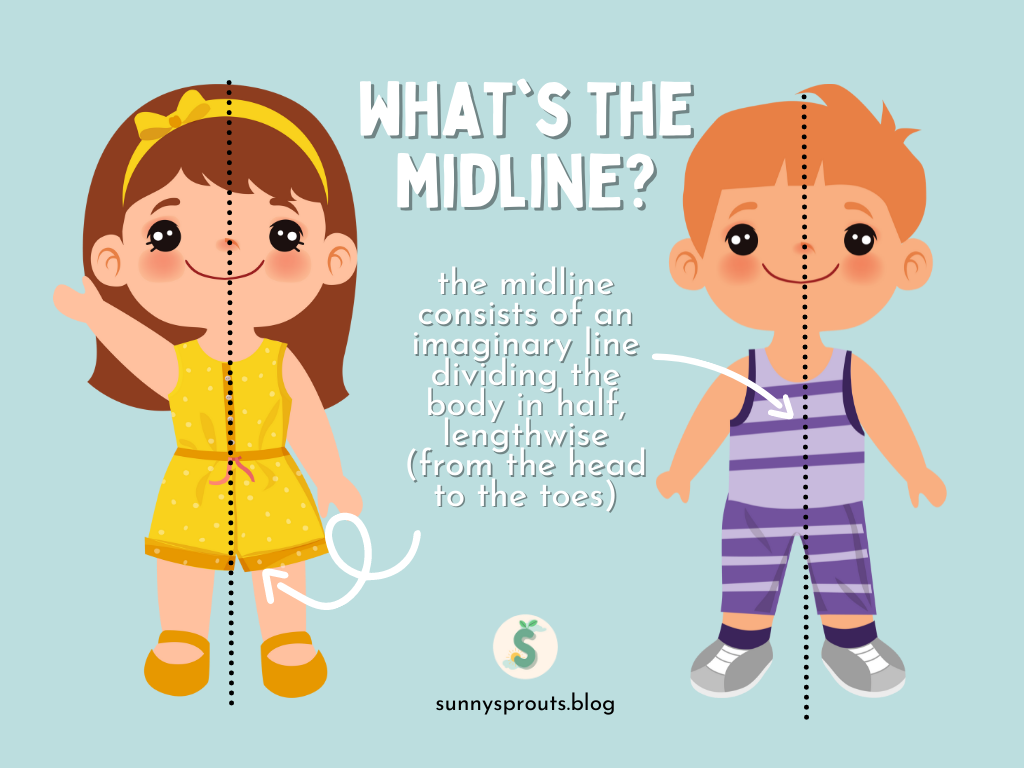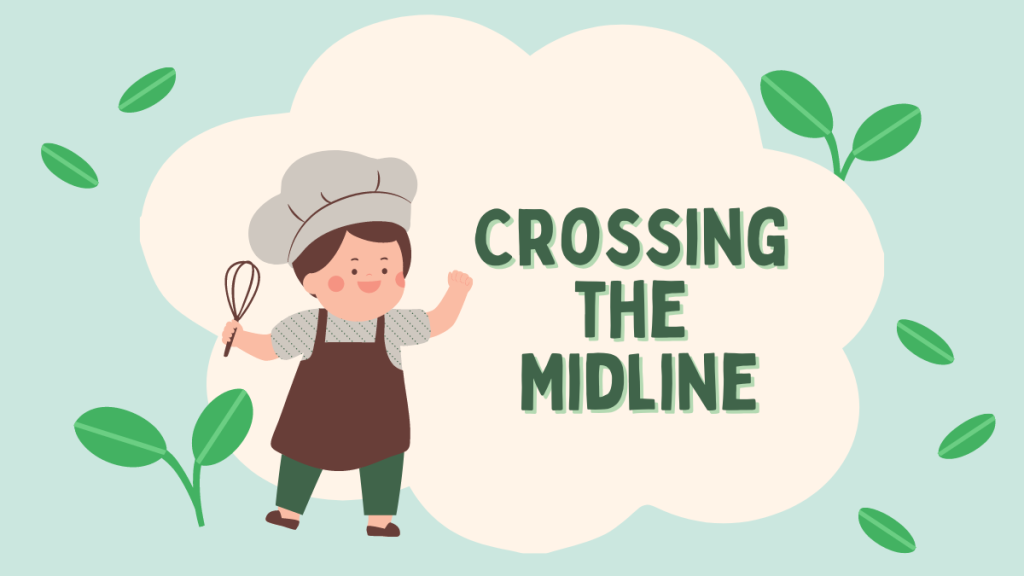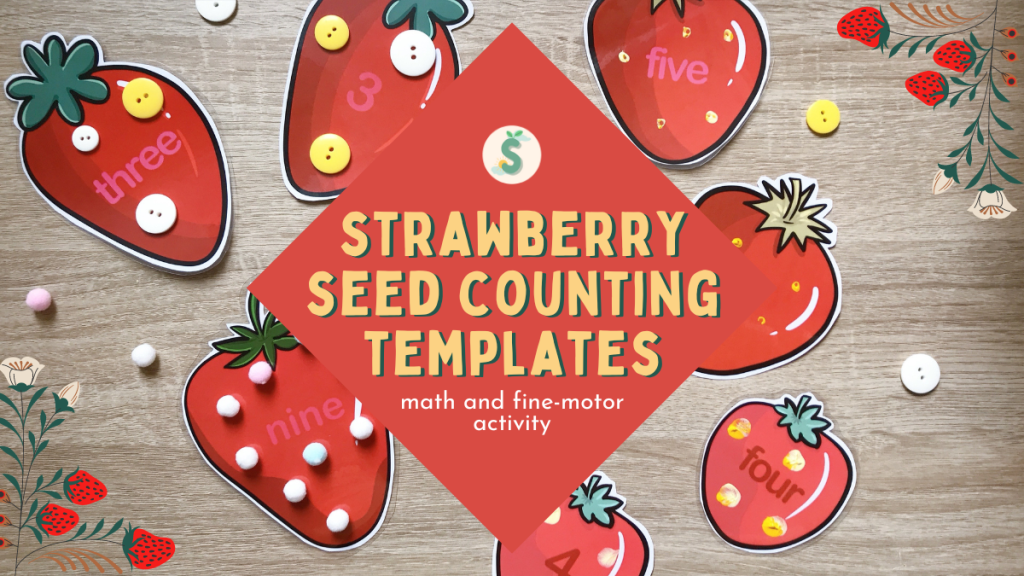What’s the Midline?
The midline consists of an imaginary line dividing the body in half lengthwise, starting from the head, going down to the toes. Crossing the midline involves reaching over from the right side of the body to the left side, or reaching from the left side to the right side. Essentially, the main point is for children to use their arms or legs on one side of their body and cross them over to the other side.

Why is it Important?
Though it seems like an unconscious skill, crossing the midline is important for many reasons, and the action should be encouraged often in early childhood. Crossing the midline requires both hemispheres of the brain to work together, which promotes coordination. The more the child practices crossing the midline, the easier it will be for them to accomplish daily tasks such as reading, writing, tying shoelaces, and figuring out their hand dominance.
What’s Needed to Cross the Midline
There is actually a lot that goes into crossing the midline. Children need to be able to do these skills in order to easily cross the midline and get the practice they need.
- Bilateral Integration Skills: being able to do things using both sides of the body at the same time
- Core Strength: being able to stand or sit with stability so they can focus on using their arms or legs
- Body Awareness: being aware of their body and its position
What Difficulties Crossing the Midline May Look Like
If your child is struggling with crossing the midline, it can be seen in a variety of ways. This includes:
- Switching hands while performing a task
- Rotating their body or trunk instead of crossing the midline
- Delayed hand dominance
- Having trouble with coordination while doing gross motor activities, such as crawling or skipping
- Difficulty with visually tracking items, such as with reading, and tracking words
Activities to Promote Crossing the Midline
The good news is, there are lots of ways adults can encourage a child to practice crossing the midline! Daily activities such as bathing, getting dressed, brushing hair and teeth, and tying shoelaces can not only promote crossing the midline but they can promote independence, as well! Other activities may include:
- Throwing, catching, and kicking balls
- Playing musical instruments where the child must use both hands, such as the drums or tambourine
- Threading beads
- Cutting, ripping, and gluing paper
- Painting, drawing, or writing with materials placed on the side opposite to their dominant hand
- Putting together a puzzle with the pieces placed in a way where the child must reach over for them
- Playing with streamers and following gross motor movements
- Cooking and baking
- Reading and turning the book’s pages
- Popping bubbles
For more activities, check out our Pinterest board!










Leave a comment